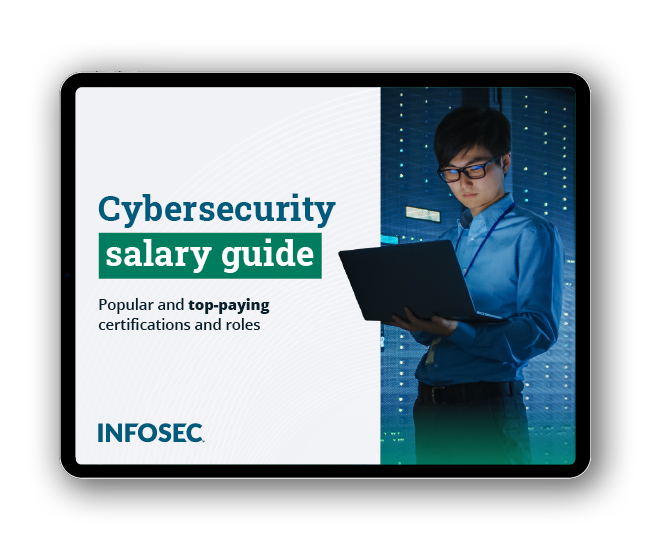In-game currency & money laundering schemes: Fortnite, World of Warcraft & more
The concept of using in-game currency in gaming is not new and is widespread amongst video games today. Offering the convenience of using real-world money to upgrade a character or buy new in-game tools and abilities, in-game currency is an offer that many players enjoy. This virtual currency marketplace invites an illegal scheme — money laundering. This happens with popular games like Fortnite, World of Warcraft and free-to-play games which offer in-game currency that players can purchase with real money.

FREE role-guided training plans
Money laundering tied to Fortnite
While technically a free-to-play game, Fortnite offers an in-game currency environment for players to pay their hard-earned dollars into. It has seemed to attract more attention from bad actors, so it deserves its own section. Its in-game currency is not some small-time marketplace either. With more than 200 million people playing the game all over the globe, and nearly 68% of players reporting that they have bought in-game currency at an average rate of $85 per player, this is a sizable moneymaker for maker Epic Games. This game will be touched on multiple times in this article as its in-game currency marketplace offers ample opportunity to be used for money laundering especially considering that there is no supervision of in-game currency purchasing. Their in-game currency is called V-bucks.
How money laundering in a video game works
The basic premise of how bad actors use the in-game currency for money laundering schemes is simple: bad actors use real-world currency fraudulently to buy in-game currency. This helps in making the tracking of the currency more difficult because investing the currency into virtual currency is not tracked by law enforcement and it adds an extra step into the flow of the currency. Adding extra steps into the flow of currency generally makes the currency harder to trace.
Below are the two main ways that in-game currency can provide cover for money laundering schemes.
Carding fraud
Carding fraud may just be the backbone of in-game currency money laundering. According to Benjamin Preminger, senior intelligence analyst at information security firm Sixgill, said, “criminals are executing carding fraud and getting money in and out of the Fortnite system with relative impunity.”
Low-hanging fruit perhaps, but is carding fraud concerning in-game currency happening in large numbers? Security firm ZeroFOX conducted a research study that found that in one month alone, September to October of 2019, Fortnite saw 53,000 occurrences.
After the currency has been converted to V-bucks, the bad actor then creates profiles and fills them up with the V-bucks. These profiles are then resold on auction platforms such as eBay or the Dark Web for an extra boost of profit. Researchers at Sixgill found that in 60 days, $250,000 worth of Fortnite items were sold on eBay.
Other games, such as MMO powerhouse World of Warcraft, have their own in-game currency schemes which have been also used extensively, providing cover for money laundering. For World of Warcraft, there is a tremendous need by players with little time but money to burn to buy gold instead of earning it. This allows them to focus on other aspects of the game while they buy gold from World of Warcraft farmers, typically located in China and South America.
After turning real money into virtual gold, it is either used to build up accounts or used to buy new features, weapons, and more. It is then sold to other players. In some cases, players invest the gold into Bitcoin cryptocurrency, thereby adding another layer of currency flow obfuscation for the bad actor to hide behind.
Video game microtransactions
The other method or strategy is using microtransactions. Microtransactions refer to transactions that range from $1 to $10 per transaction. This is used in the usual course of business for many free-to-play games, such as Clash of Clans, World of Tanks and Warfare. They are free to play at first, but offer items, weapons, money and more to make it easier to succeed in the game in exchange for real currency. Bad actors see the value in a long chain of $5 transactions for its ability to cloak their fraudulent activities.
The strategy works like this: large transactions draw a lot of attention from those that bad actors do not want to track their activities, such as law enforcement and the IRS. It should be noted that World of Warcraft is different in this regard. While other games do not seem to be tracking currency transactions of their users, World of Warcraft is to a certain extent as developers have the power to seize gold from users if they catch wind that the gold was obtained illegally or fraudulently and to delete the player account altogether if deemed fit.

Get your guide to the top-paying certifications
With more than 448,000 U.S. cybersecurity job openings annually, get answers to all your cybersecurity salary questions with our free ebook!
The problem with money laundering in video games
In-game currency provides a convenient way for players to use real currency, convert it into virtual currency, and then use that virtual currency to get further ahead in the game of their choice without having to go through the time of earning the in-game currency by investing time into the game. Bad actors see this as a way to launder money they have obtained fraudulently (or otherwise illegally), thereby hiding the flow of currency. Other games should follow the lead of World of Warcraft and implement a way of reviewing transactions involving in-game currency purchased with fraudulent currency.
Sources:
Fortnite’s In-Game Currency Used In Money Laundering Schemes, PYMNTS
How Microtransactions and In-game Currencies can be Used to Launder Money, PC Gamer








